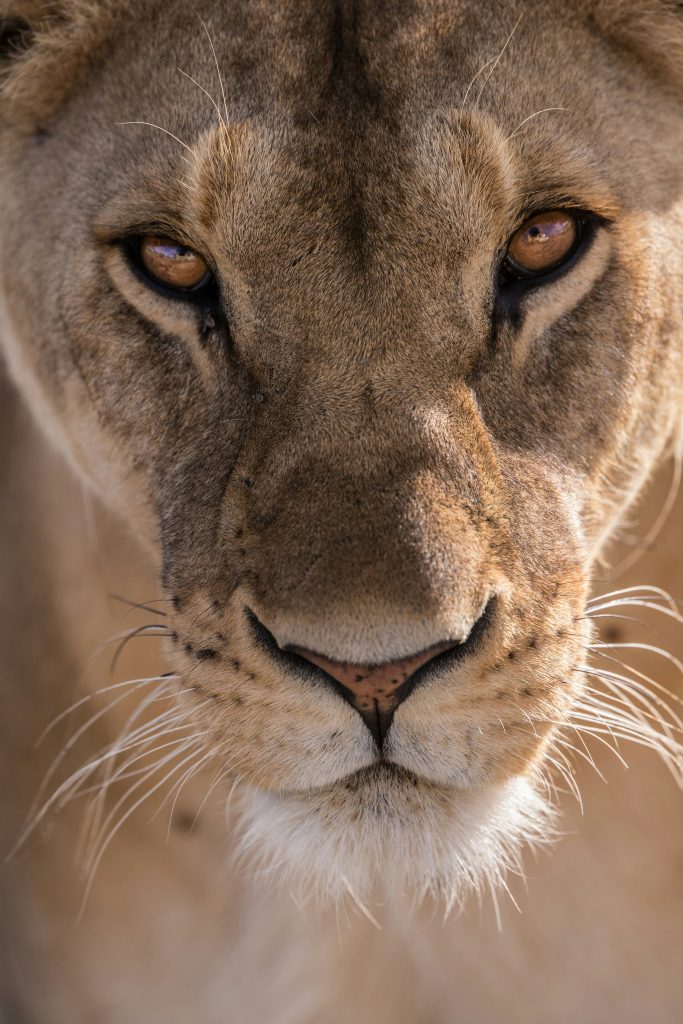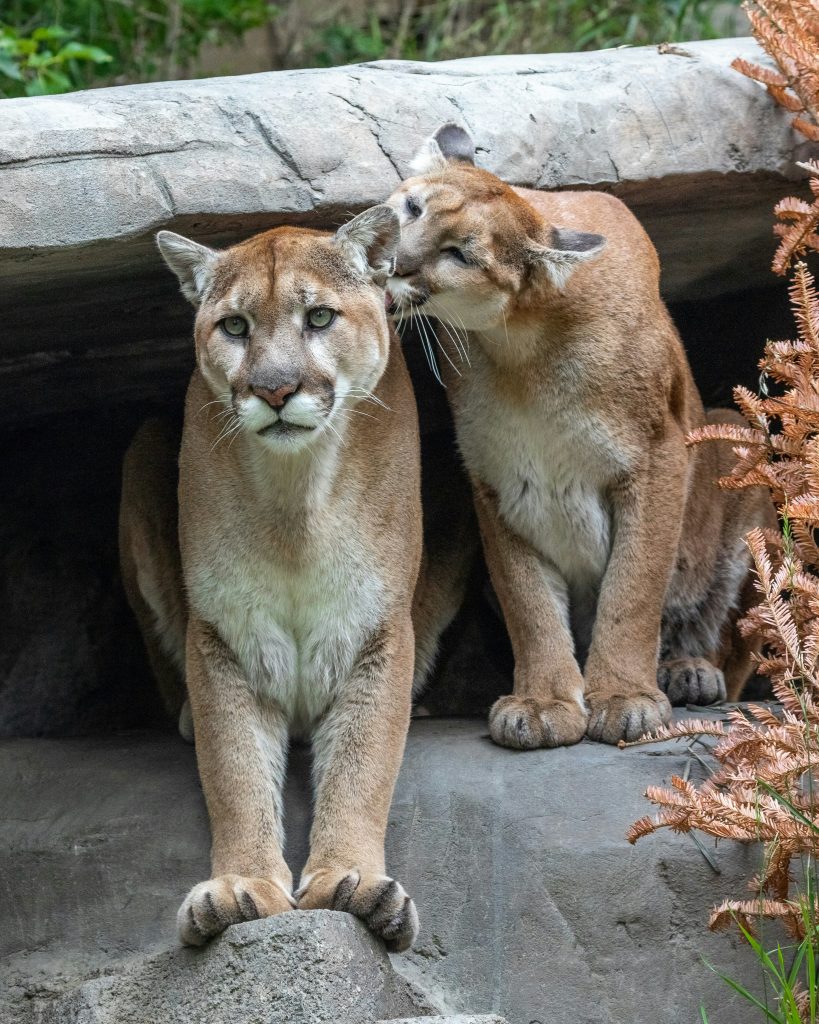Patagonia, a vast and remote region at the southern tip of South America, is renowned for its breathtaking landscapes, diverse ecosystems, and unique wildlife. Among its inhabitants, the enigmatic puma (Puma concolor), also known as the mountain lion or cougar, holds a significant place. In the rugged terrain of Patagonia, these elusive predators roam the wild, embodying the essence of natural balance and wilderness resilience.
The Enigmatic Puma:
Pumas are solitary and elusive creatures, renowned for their stealth and adaptability. Their characteristic tawny coat, powerful build, and keen senses make them formidable hunters and apex predators in their environment. In Patagonia, where vast expanses of untamed wilderness dominate the landscape, pumas reign supreme as the top carnivores, playing a crucial role in maintaining the delicate balance of the ecosystem.The diverse habitats of Patagonia, including expansive grasslands, dense forests, and rugged mountain ranges, provide an ideal environment for pumas to thrive. These adaptable cats are known to roam across a wide range of territories, covering hundreds of square miles in search of prey and suitable shelter. From the windswept steppes of the Argentine Pampas to the towering peaks of the Andes Mountains, pumas can be found traversing diverse landscapes with remarkable agility and stealth.
As apex predators, pumas play a vital role in regulating prey populations and shaping ecosystem dynamics. By preying on herbivores such as guanacos, hares, and deer, they help control herbivore numbers, preventing overgrazing and maintaining the health of plant communities. This indirect influence on vegetation cascades through the ecosystem, impacting everything from soil fertility to the abundance of other wildlife species.Despite their importance to the ecosystem, pumas face various conservation challenges in Patagonia. Habitat loss due to human encroachment, fragmentation of wild spaces, and conflicts with livestock ranchers are among the primary threats to their survival. Illegal hunting and poaching also pose significant risks to puma populations, exacerbating their vulnerability.
Efforts to conserve pumas in Patagonia involve a combination of research, education, and community engagement. Conservation organizations work to monitor puma populations, study their behavior and ecology, and mitigate human-wildlife conflicts through the implementation of predator-friendly ranching practices and the establishment of protected areas. Public awareness campaigns raise awareness about the importance of coexistence with these majestic predators, fostering a culture of respect and appreciation for the natural world.


Pumas in Patagonia represent more than just apex predators; they embody the spirit of wilderness and resilience in one of the world’s last great frontiers. As stewards of this pristine landscape, it is our collective responsibility to ensure the continued survival of these magnificent creatures and preserve the delicate balance of the ecosystem they inhabit. By embracing conservation efforts and fostering harmonious coexistence, we can safeguard the future of pumas and the wild places they call home.





